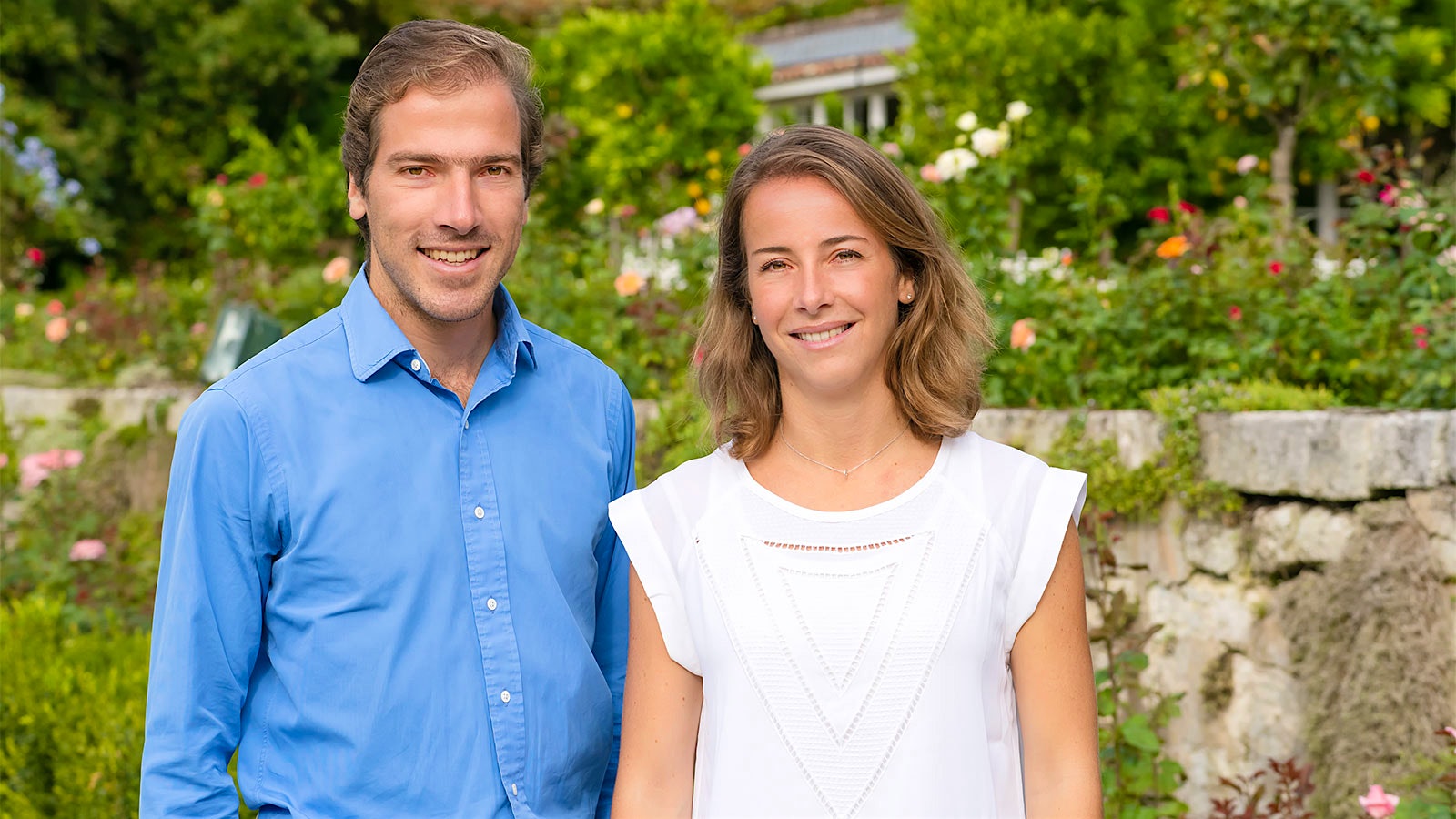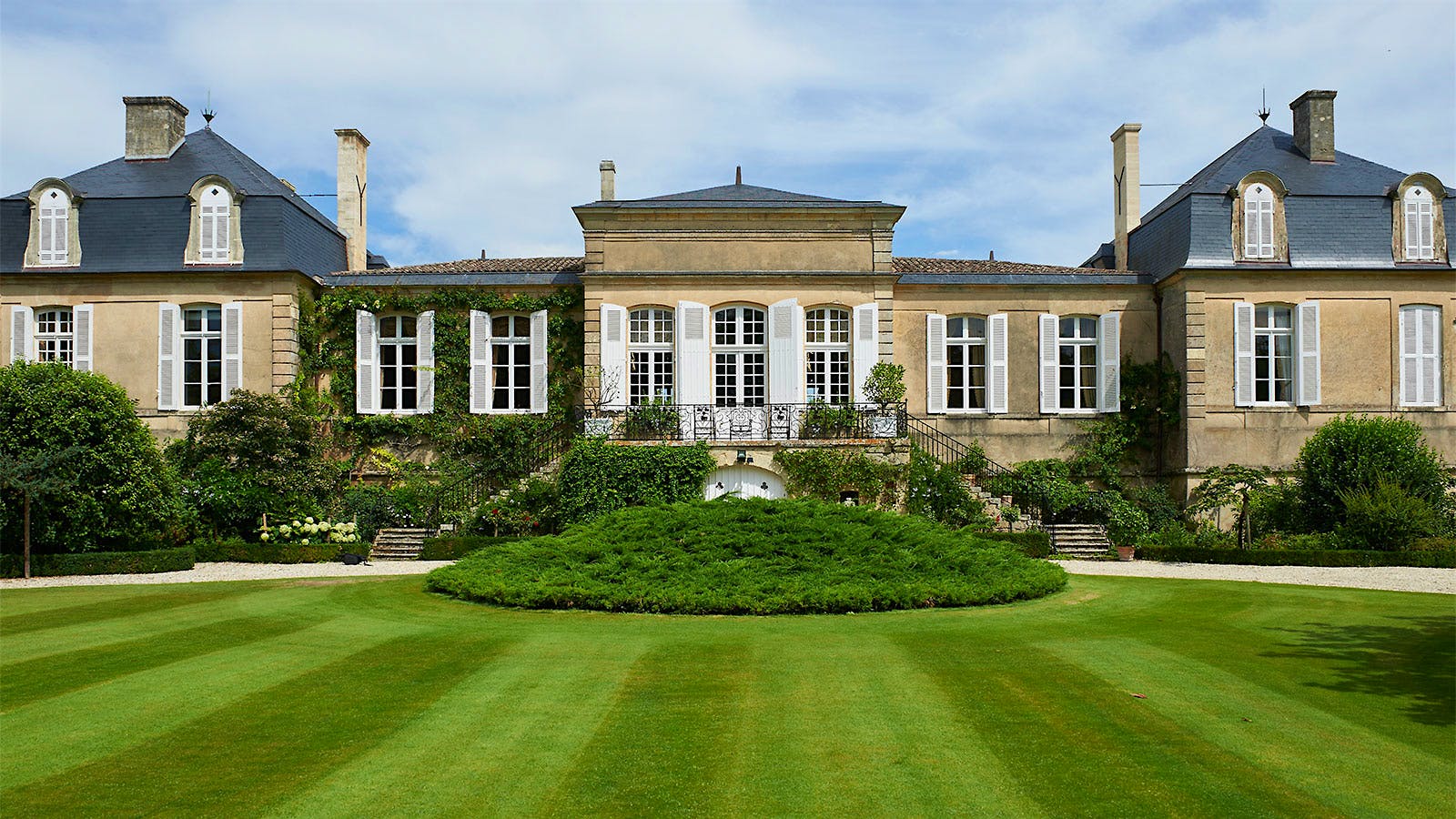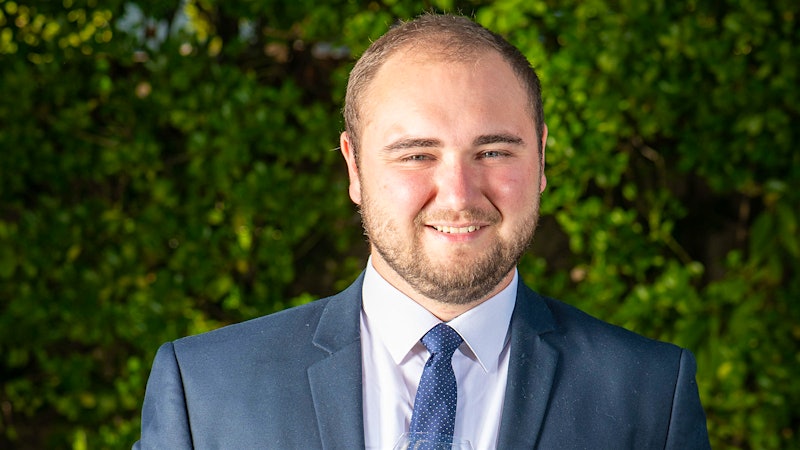Did the Irish invent Bordeaux grand cru clarets? That’s what history professor, author and wine cognoscente Charles Ludington posits in his latest work.
While researching another book, The Politics of Wine in Britain: A New Cultural History, centering on 1649–1850, Ludington realized he had stumbled upon a wealth of information about the origin of Bordeaux’s modern vinous identity that merited its own story.
“This was about the hugely important role played by Irish merchants in Bordeaux, as they were the ones who were both raising [or aging] and selling the wines that were going to Britain,” Ludington told Wine Spectator via email. “Indeed, what I discovered was that in responding to elite British and Irish demand, the Irish merchants were giving Bordeaux wine the exalted reputation that it has today.”
That fresh narrative is taking shape in a new book, Not Exactly French: Irish Merchants and the Invention of Bordeaux Grands Crus Wines. Wine Spectator contributing editor Suzanne Mustacich reached out to Ludington for a sneak preview.
Wine Spectator: In a recent essay, “Inventing Grand Cru Claret: Irish Wine Merchants in Eighteenth-Century Bordeaux,” you talk about the Irish forming a “colony” in Bordeaux. How did that happen?
Irish Catholics, who in 1685 represented more than 75 percent of the population, were oppressed by a combination of war, religious persecution and property loss. Meanwhile, the English Parliament passed a series of laws in the late 17th century to protect English landowners and farmers against cheaper Irish cattle and wool, and these hurt Irish Protestant landowners. In short, there were few economic opportunities in Ireland for ambitious second and third sons, whether Catholic or Protestant. So, for political, religious or economic reasons, Irish people were pushed out of Ireland.

The Irish were pulled to places that offered economic opportunity, so many went to England, but also to the Spanish Netherlands (modern Belgium), Spain and France. Bordeaux was the largest Irish colony on the European continent, with nearly 280 members at its peak in 1756.
The French wanted something that the Irish could offer: salt beef (or corned beef) to provision the French navy and merchant marine—but mostly to feed enslaved Africans in the French Caribbean, who were producing the sugar, cotton and indigo that was the real key to Bordeaux's economic growth. For the Irish, Bordeaux meant economic opportunity that was not available at home.
Once the Irish merchants set up, their wine businesses took off. What were their most profitable markets?
Well, it's important to remember that the first Bordeaux grand cru, Haut-Brion, was created and branded for the English market in 1660. I discovered [a mention of] it in King Charles II's cellar book. Similarly, the first mentions of Margaux, Lafite and Latour are found in London at the beginning of the 18th century during a war between England and France!
So, these wines were originally created for the English market, but other grands crus soon followed. They were overwhelmingly purchased from Bordeaux landowners, themselves usually prominent members of the Bordeaux [parliament], by Irish merchants residing in Bordeaux. These merchants would then raise [or age] the wines in their warehouses in the Chartrons district for two to seven years before shipping them to the British Isles, a term that included Ireland at that time.

I give rounded figures for the mid-18th century of 1,000 tuns of wine per year to England, 2,500 to Scotland and 4,000 to Ireland. [A tun is a historical barrel size—one tun held about 106 cases of wine.] But the average price of these wines was quite different. The wines to London averaged 1,500 livre tournois [a medieval French currency] per tun, while for the rest of England the average was around 800 l.t. per tun. The wine for Scotland averaged around 600 l.t. per tun, and the wine for Ireland around 400 l.t. per tun.
In other words, most of the Haut-Brion, Lafite, Latour and "Castle" Margaux was going to London, while less expensive but still high quality wines were going to the rest of England, Scotland and Ireland. Keep in mind that the average price of wine per tun going to Northern France and the rest of Europe was 200 l.t. per tun, so in today's terms, consumers in the British Isles were drinking the "grands crus classés," and everyone else was drinking the unclassified-growths.
But those are broad rules to which there were many exceptions. Ireland had a much lower import tariff on French wine than Great Britain did, so the Irish market was more varied in terms of price and quality. But we know from cellar records that the elite in Dublin were drinking what we now call first-growth Bordeaux.
Were Irish merchants buying, blending, aging and shipping only red wines? Did they also work with dry white or sweet wines?
Most of their business was in red wines, but one sees from Abraham Lawton's brokerage books—he arrived from Cork in 1739—that they also purchased, aged and shipped white wines. These were often listed as "white Graves," or if more expensive, "Preignac" or "Bommes." As this was the century when Sauternes was being standardized as a sweet wine made from botrytized grapes, these latter wines were probably slightly sweet.
So here’s the million-dollar question: How did the Irish invent grand cru claret?
That's another whopper of a question, on which I could speak for far longer than you probably want. But, briefly: In responding to the demands of the elite British and Irish markets for a wine that was full-bodied, smooth and dark-colored, the Irish merchants in Bordeaux would begin by purchasing the top-growth wines a few weeks after harvest.
But these wines in their uncut state were not enough for an increasingly demanding clientele. As a result, after the young wine was racked off of its lees in the spring, merchants would add small amounts of what they called Benicarló (Grenache) and Alicante (Mourvèdre) from Spain, plus some Hermitage (Syrah) from Tain to the barrels of top-growth Bordeaux. [Most Left Bank wines at that time were predominantly Malbec with some Cabernet Sauvignon and other varieties. Merlot would not become popular until the 19th century.]
They would then add a pot of stum [unfermented grape juice], in this case unfermented, sweet white grape juice from near Sauternes, to start another fermentation. This was thought necessary to integrate the "medicine" wines with the base wine from Bordeaux. The result was just what the elite British and Irish customers wanted.
And this wasn’t illegal?
This was not considered fraudulent, as it was what the retailers and customers in the British Isles demanded. The 18th century was precisely the time that Bordeaux wine gained its reputation for quality, so Bordeaux didn't lose its identity by blending—it gained its identity by doing so. As I write in The Irish in Eighteenth-Century Bordeaux, “Foreign taste drove the taste of Bordeaux wine in general, and British and Irish taste drove the taste of the very best Bordeaux."
What was the most surprising thing you discovered in your research?
I suppose my biggest surprise was discovering that the top-growth Bordeauxs were cut with Spanish and Rhône Valley wines every year and not just in poor vintages. This was not what most French wine historians have said, but that's because very few of them have seen the sources that I uncovered. And I suppose some wanted to defend the reputation of Bordeaux wine from allegations of fraud.
But that's just silly, as the conception of fraud that they're using did not develop until the period from the 1850s to the 1930s, by the end of which was made law. In fact, that's another book I want to write, to try to explain the reasons for the mental shift regarding wine purity in the period just mentioned.

The other really surprising thing I discovered in my research has to do with the Irish community itself. Catholic and Protestant Irish communities in Bordeaux got along famously well, often socializing and going into business together. In Bordeaux, the Irish, and even the roughly 15 percent of Scottish and English among them, were in the words of the Catholic bon vivant Richard Hennessy, "all countrymen." Sometimes, local prejudices don't persist when the same group of people find themselves in another country!
You host wine tastings and talks. If you could pour one wine that typifies the Irish influence on Bordeaux, what would it be?
I would pour any red Bordeaux that is full-bodied, smooth and dark in color, which is to say almost any red Bordeaux with some age on it. But since I suspect you want something more specific, I'll give you two bottles. The first would be a bottle of Château Palmer Historical XIX Century Wine, a blend of mostly Château Palmer and a dash of Hermitage, which turns it into a really tasty Vin de France. This, you might say, represents a closer approximation of how Bordeaux wine tasted during the period that Bordeaux grand cru wine was being invented, although without the Grenache and Mourvèdre from Spain.
The other wine I'd pour would be a Château Langoa Barton, a third-growth produced by the Barton family of St.-Julien. Thomas Barton came to Bordeaux from County Fermanagh in 1725, and his grandson Hugh purchased the vineyard and château in 1821. A second purchase in 1826 brought them the adjacent vineyard of Léoville Barton.
But the really fun part of the story is that the Bartons have been in France for 300 years, and they still have Irish citizenship. There are other Irish château names such as Lynch Bages, Kirwan and Phélan-Ségur, plus other Irish-owned châteaus such as de Fieuzal, but nothing beats the Barton story for illustrating the connection between Ireland and Bordeaux.
Stay on top of important wine stories with Wine Spectators free Breaking News Alerts.












